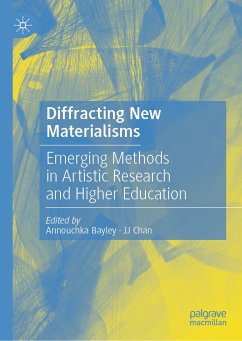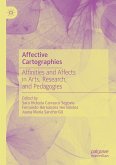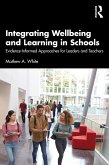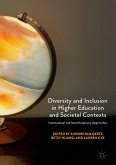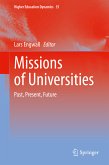This edited book considers the vital position of artistic research in the landscapes and ecosystems of new materialism(s) and post-humanism(s), in and for higher education. The book aims to satisfy an urgent desire for change in the ways we link artistic and critical research practices, asking what new ways of thinking and creating for twenty-first century artistic and educational contexts we need in order to address the kinds of global complexities we face. Organised around five key themes including fictioning, reading, embodying, inhabiting and folding, the book acts as an entry point for academics, artists and scholar-practitioners to participate in the shaping of new forms of artistic research and practice that are relevant, participatory, and that urgently address the kinds of complex issues emergent in our twenty-first century context. In doing so, the book makes a key contribution to the development of emerging inter- and transdisciplinary artistic research practices across arange of fields, responding to the question - what kinds of research and practice worlds do we wish to create in times of urgency, crisis and complexity?
Annouchka Bayley directs the Arts, Creativities & Education MPhil Programme at the Faculty of Education, University of Cambridge, UK, where she is also the Chair of Arts & Creativities Research Group. As a practising artist she has also written, performed and directed more than twenty one-woman shows.
JJ Chan is an artist in (re-)search for alternative spaces beyond aggressively progressive capitalist time, seeking new worlds from the ashes of the present. They are Senior Lecturer in Fine Art at Kingston School of Art and co-convener of the Material:Pedagogy:Future research network, based across Kingston University, Bath Spa University, and the University of the Arts, London, UK.
Dieser Download kann aus rechtlichen Gründen nur mit Rechnungsadresse in A, B, BG, CY, CZ, D, DK, EW, E, FIN, F, GR, HR, H, IRL, I, LT, L, LR, M, NL, PL, P, R, S, SLO, SK ausgeliefert werden.

